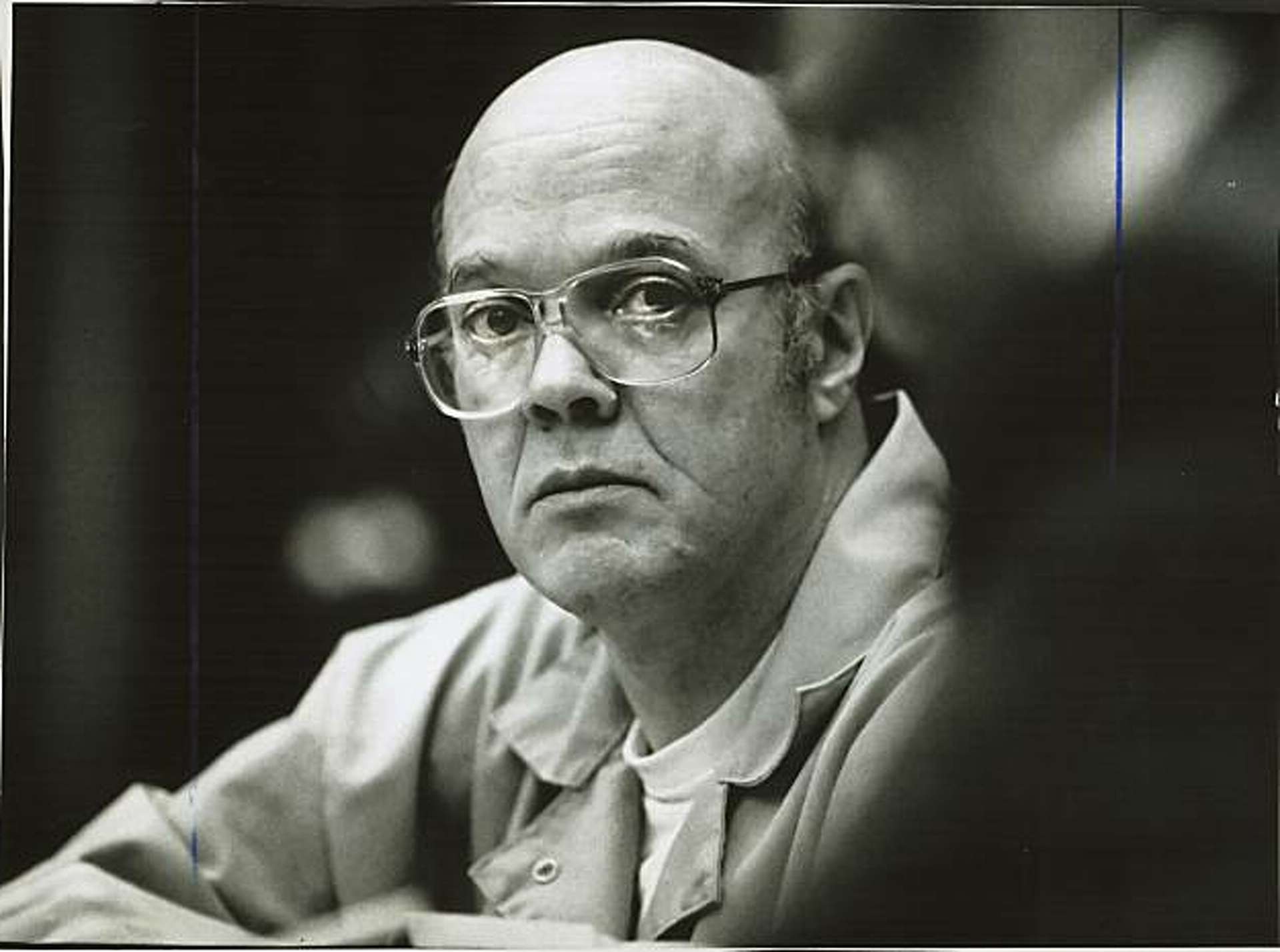
David Carpenter, also known as the Trailside Killer, is a name that sends chills down the spine. Born in 1930, this American serial killer terrorized California in the late 1970s and early 1980s. His crimes were particularly heinous, targeting hikers on popular trails. Carpenter's life, filled with a troubled childhood and a history of violence, paints a grim picture of a man who became one of the most feared criminals of his time. How did he evade capture for so long? What drove him to commit such atrocities? This blog post dives into 37 chilling facts about David Carpenter, shedding light on his dark path and the impact of his actions.
Key Takeaways:
- David Carpenter, also known as the "Trailside Killer," had a troubled childhood marked by abuse and neglect, which may have contributed to his violent tendencies later in life.
- Despite his violent crimes and chilling legacy, David Carpenter's story serves as a cautionary tale about the potential consequences of childhood abuse and neglect, and the importance of vigilance and justice.
Early Life and Background
David Carpenter, also known as the "Trailside Killer," has a chilling history that has intrigued many. Let's delve into some lesser-known facts about his early years.
- Born on May 6, 1930, in San Francisco, California, Carpenter had a troubled childhood marked by abuse and neglect.
- His mother was reportedly domineering and abusive, which contributed to his behavioral issues.
- Carpenter struggled with a severe stutter, making him a target for bullying during his school years.
- At the age of 17, he was sent to the California Youth Authority for molesting two of his cousins.
Criminal Activities
Carpenter's criminal activities spanned several decades, with his most notorious crimes occurring in the late 1970s and early 1980s.
- He committed his first known violent crime in 1960, when he attacked a woman with a hammer.
- Carpenter was arrested in 1961 for kidnapping and assaulting a woman, leading to a 14-year prison sentence.
- After his release in 1977, he began targeting hikers on trails in California, earning the nickname "Trailside Killer."
- His first known murder as the Trailside Killer occurred in 1979, when he killed Edda Kane in Mount Tamalpais State Park.
- Carpenter's victims were often women, and he used a variety of methods, including shooting and stabbing.
Arrest and Trial
The arrest and trial of David Carpenter were significant events that brought his reign of terror to an end.
- Carpenter was arrested on May 14, 1981, after a massive manhunt involving multiple law enforcement agencies.
- He was linked to the murders through ballistic evidence and witness testimonies.
- During his trial, Carpenter showed little remorse for his actions, maintaining his innocence.
- In 1984, he was convicted of two murders and sentenced to death.
- Carpenter was later convicted of additional murders, bringing his total number of confirmed victims to at least seven.
Psychological Profile
Understanding Carpenter's psychological profile provides insight into his motivations and behavior.
- Carpenter was diagnosed with antisocial personality disorder, characterized by a lack of empathy and remorse.
- He exhibited traits of a psychopath, including manipulativeness and superficial charm.
- Experts believe his abusive childhood played a significant role in shaping his violent tendencies.
- Carpenter's stutter and social awkwardness may have contributed to his feelings of inadequacy and anger.
Life in Prison
Since his conviction, Carpenter has spent his life on death row, where he remains to this day.
- He is currently incarcerated at San Quentin State Prison in California.
- Despite his death sentence, Carpenter has managed to avoid execution due to ongoing appeals and legal challenges.
- He has been involved in several altercations with other inmates, reflecting his violent nature.
- Carpenter continues to maintain his innocence, despite overwhelming evidence against him.
Impact on Society
The crimes of David Carpenter had a profound impact on society, particularly in California.
- His actions led to increased security measures on hiking trails and in parks.
- The fear generated by his crimes caused a decline in outdoor recreational activities during the early 1980s.
- Carpenter's case highlighted the importance of forensic evidence in solving crimes.
- His arrest and conviction brought some closure to the families of his victims.
Media Coverage
Carpenter's crimes and trial received extensive media coverage, making him a notorious figure.
- Numerous books and documentaries have been produced about Carpenter and his crimes.
- His story has been featured in several true crime television shows, including "Forensic Files" and "The FBI Files."
- The media often portrayed Carpenter as a cold and calculating killer, further cementing his infamy.
- Public interest in his case remains high, with many people fascinated by the details of his crimes.
Legacy
David Carpenter's legacy is one of fear and tragedy, but it also serves as a reminder of the importance of vigilance and justice.
- His case has been studied by criminologists and psychologists to better understand the mind of a serial killer.
- Carpenter's crimes have inspired changes in law enforcement practices, particularly in the use of forensic evidence.
- The families of his victims continue to advocate for justice and support for other victims of violent crime.
- Carpenter's story serves as a cautionary tale about the potential consequences of childhood abuse and neglect.
Miscellaneous Facts
Here are some additional facts about David Carpenter that you might find interesting.
- Carpenter was an avid reader and often spent time in the prison library.
- He has been married twice and has three children, though his relationships with them are strained.
- Despite his violent tendencies, Carpenter was known to be a skilled artist, often creating detailed drawings while in prison.
Final Thoughts on David Carpenter
David Carpenter's life is a chilling tale of crime and punishment. Known as the "Trailside Killer," he terrorized California in the late 1970s and early 1980s. His crimes left a lasting impact on the communities he targeted. Carpenter's background, marked by a troubled childhood and a history of violence, offers some insight into his actions but doesn't excuse them. His capture and subsequent trials brought a sense of justice to his victims' families. Understanding Carpenter's story reminds us of the importance of vigilance and the need for a robust criminal justice system. While his name may not be as infamous as other serial killers, the horror he inflicted is undeniable. Learning about such figures can be unsettling, yet it underscores the resilience of those who seek justice and the enduring strength of the human spirit.
Frequently Asked Questions
Was this page helpful?
Our commitment to delivering trustworthy and engaging content is at the heart of what we do. Each fact on our site is contributed by real users like you, bringing a wealth of diverse insights and information. To ensure the highest standards of accuracy and reliability, our dedicated editors meticulously review each submission. This process guarantees that the facts we share are not only fascinating but also credible. Trust in our commitment to quality and authenticity as you explore and learn with us.


